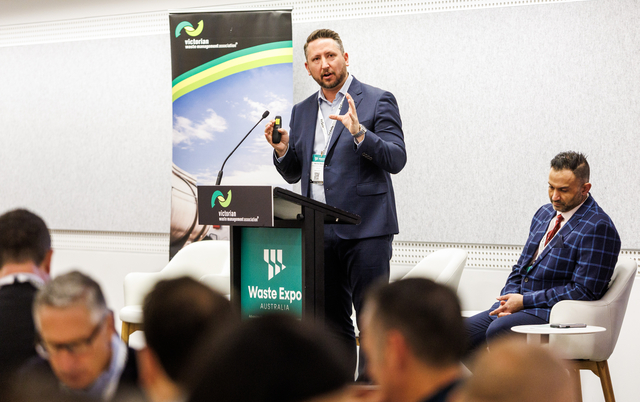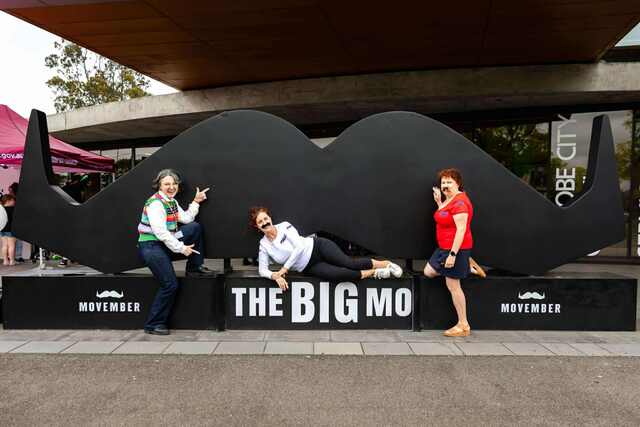By Peter Drummy*
An exciting new initiative to assist Councils to more accurately determine their asset management funding requirements has been introduced by the Municipal Association of Victoria (MAV) as part of its Statewide Asset Management Step. It has now been incorporated within the Local Government of Tasmania (LGAT) Statewide Renewal Gap project and the Western Australian Asset Management Improvement (WAAMI) Program. It will also form an integral part of the Local Government Association of Queensland’s ‘LG Asset’ program to be rolled out across Queensland in June 2006.
Involving the completion of a simple data sheet, the process assists all Councils to quickly and simply determine their Asset Funding Gap or dollar liability for nominated assets.
In Tasmania and Queensland the input sheets also include water and waste water assets. The key objectives of these statewide programs are to establish the renewal ‘$ liability’ for all assets identifying the under/over funding by asset class by time, and growth and decline of gap by class by time. The other key objective is to identify the percentage of asset class outside the desired intervention (target standard) giving Councils a better understanding of the outcomes of various funding options and decisions made.
The process uses the Moloney Financial Modelling Software. This software provides the opportunity to assess asset components by condition or age and delivers a prediction of future Capital Rehabilitation Demand over a 50 year period. The software also has the ability to track predicted changes in future maintenance cost via a user definable link to asset condition. It therefore tracks total future funding cost by simulating the consequential maintenance cost implications, resulting from your selected capital expenditure profile.
Recognising that a large percentage of Local Government infrastructure assets were created between the late 1960s and early 1990s, with assistance from State and Federal Government, many of these assets are approaching the need for rehabilitation over the next ten to 30 years. This predicted demand needs to be understood and planned for.
Sound financial modelling should have regard to asset condition and expected performance with time (degradation curves) enabling the prediction of future capital rehabilitation demand.
This ‘1st Cut’ renewal gap estimation produced via this process is the next step to understanding future financial demand, following on from the current understanding of depreciation.
The results from these State initiatives will provide a more accurate assessment of the renewal gap for the Local Government sector and contribute towards addressing the important issue of long term sustainability.
This information is essential for Councils to be able to manage their assets on a whole of Council basis and will play an important role in the discussions the Local Government sector is having with the State and Federal Governments in relation to the Intergovernmental Agreement (IGA). The IGA process is the avenue that Local Government is pursuing to secure more sustainable funding arrangements. For a positive outcome to occur here it is imperative that other levels of government have confidence in LG’s capacity to manage assets effectively.
*Peter Drummy is Director of CT Management Group which specialises in infrastructure asset management. He will be presenting a paper on the asset renewal gap at the MAV’s International Asset Management Conference in Melbourne on 26-27 April 2006.







